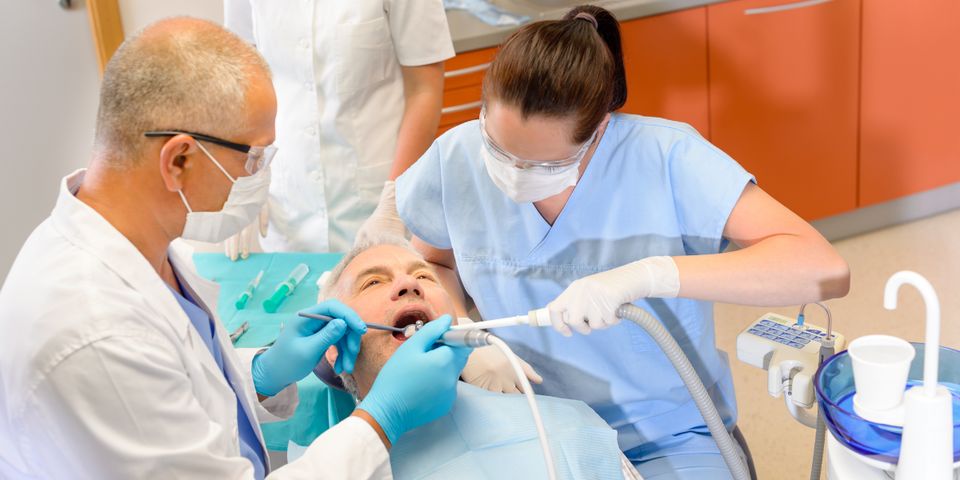
A root canal is a common dental procedure that involves removing the infected or inflamed inner core of the tooth. This soft part of your tooth, known as the pulp, may become damaged. Sometimes, as a result of extensive pulp damage, removing it is the only solution. If your dentist recommended this option for you, here’s everything you need to know so you are prepared for the experience.
Why Are Root Canals Advised?
If the pulpy part of your tooth contains bacteria, it will become infected and eventually lead to tooth loss. Your dentist might recommend removal if you have an especially deep cavity that can’t be filled. Sometimes a crack or chip can cause severe damage that leaves the tooth vulnerable to bacterial intrusion, leading to an untreatable infection. Pulp can become damaged even if the tooth itself remains intact and whole; for example, if you receive an injury to the mouth, the inner core of any affected teeth may become inflamed.
Usually, you’ll experience severe discomfort and pain when you eat, bite, or chew. You may also have a notable sensitivity that lingers when you consume something hot or cold. Additionally, your gums might feel hot and tender to the touch and could appear swollen or dark.
How Is the Procedure Performed?

First, the affected area is numbed with a cream. Then, a local anesthetic is injected into the gums. Once the area is numb, your dentist will create an opening in the tooth so the infection is exposed. They’ll then use a file to remove the damaged pulp and carefully clear away the canal of any debris. The area may then be coated with a topical antibiotic formulated to prevent infection after the procedure.
Finally, the area is filled, then topped with a sealing paste and a rubbery material designed to create a powerful and protective barrier. This prevents saliva and bacteria from entering the opening and causing reinfection. If necessary, your dentist will request that you come back to have a crown applied to the tooth. This is usually essential for the teeth used to chew at the back of the mouth.
What Does Aftercare Involve?
Your dentist will provide you with instructions about how to effectively care for your tooth at home. The numbing medication will wear off slowly, so you may begin to feel some discomfort and tenderness in the area at that point. Over-the-counter painkillers prescribed by your dentist usually help dull this pain, but you can request a prescription product if necessary.
Don’t eat or drink anything until the numbness wears off, or you will risk accidentally biting yourself. Also, avoid putting any pressure on the affected area while it heals, and continue to brush and floss as you normally do to prevent bacteria and keep the area clean.
If you’re concerned that you may need a root canal, visit the office of Nelson Hatanaka, D.D.S. in Honolulu, HI. Proudly serving patients throughout Oahu, Dr. Hatanaka offers a variety of general dentistry treatments to ensure the long-term health of your teeth and gums. Be sure to call (808) 395-1922 to schedule an appointment.
About the Business
Have a question? Ask the experts!
Send your question

